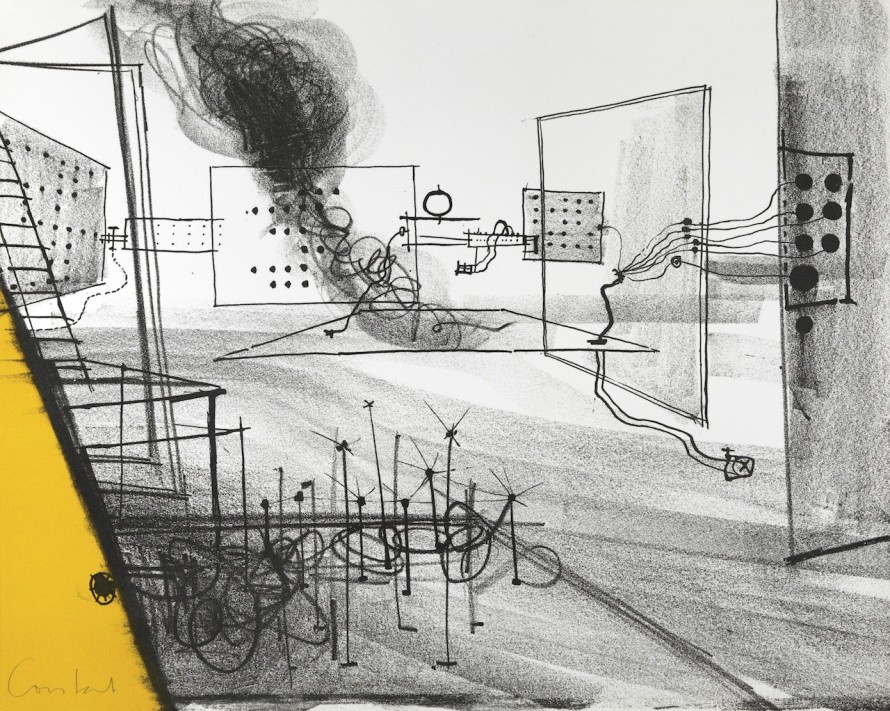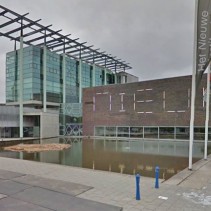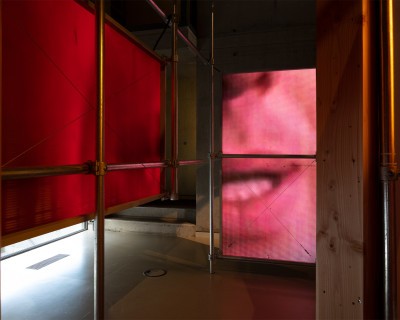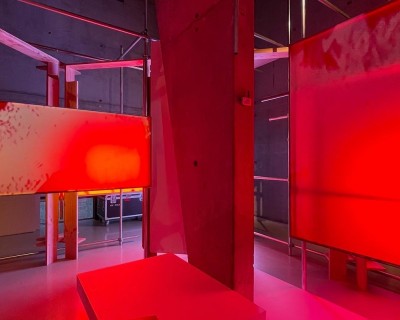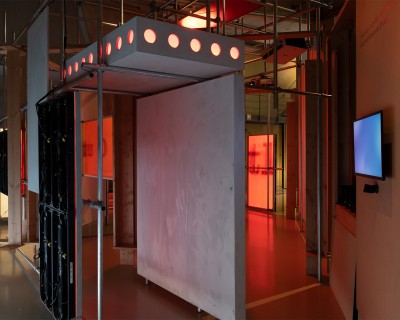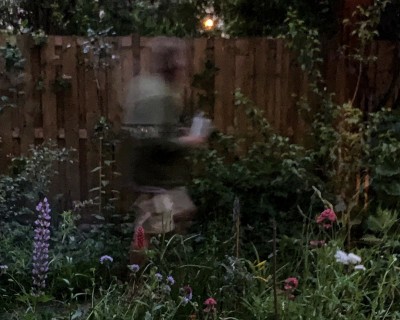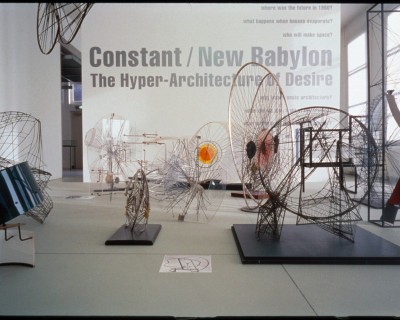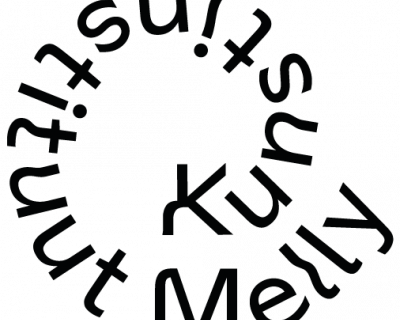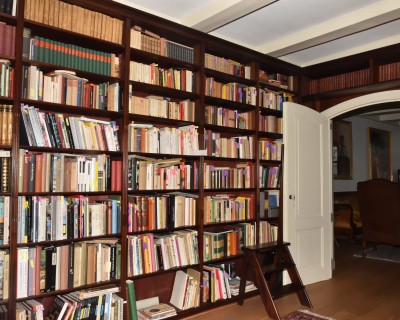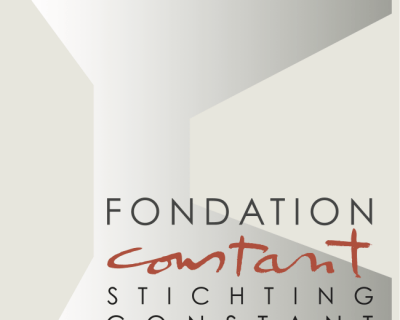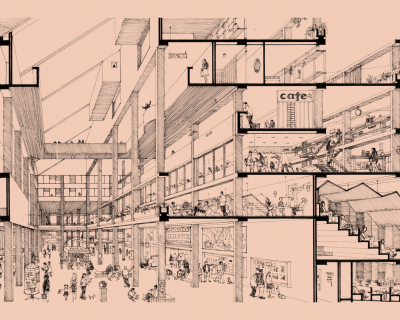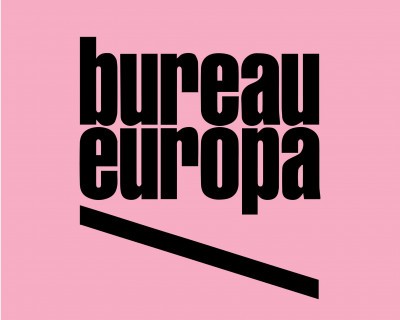Het Nieuwe Instituut
Location
Through its activities, Het Nieuwe Instituut aims to increase the appreciation of the cultural and social significance of architecture, design and digital culture and to strengthen the interaction between these disciplines. In a period characterized by radical change, Het Nieuwe Instituut wants to moderate, stimulate and facilitate debate about architecture, design and digital culture through research and a public programme. The broadening and deepening of the public’s appreciation will be fundamental starting points.
Image
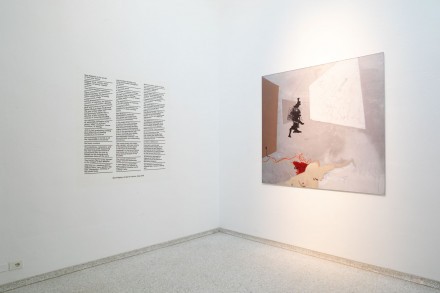
Description
Image
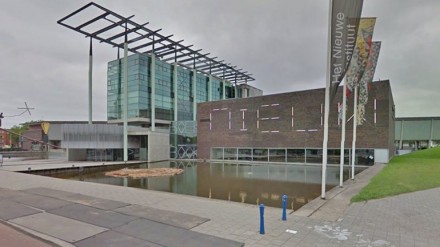
Het Nieuwe Instituut stands for the social and innovative value of culture. A visitor to Het Nieuwe Instituut enters, as it were, ‘the museum of the future’. In Het Nieuwe Instituut visitors are provoked and confronted with questions that are maybe not of today, but are certainly of tomorrow. In other words, Het Nieuwe Instituut is true to its name: what it shows is ‘new’ and will eventually be picked up by other national and international organisations. Het Nieuwe Instituut is unrivalled among cultural institutions, both in terms of content and organisation, in its ability to point to urgent issues and approach them in a flexible, innovative way.
Image
Description
Image
Description
Constant
A quote from New Babylon, revisited by Mark Wigley*:
“Artist Constant Nieuwenhuys attempted to resolve the dichotomy between work and leisure. In his seminal project New Babylon (1956–74) – an architectural paradigm of free space and time afforded by automation – society would devote its energy to creativity and play. By robotizing labor, Constant demanded the right to not labor, and visualized the imminent post-labor world. And yet, as his oeuvre evolved, this optimistic vision gradually gave way to a more conflictual perspective. Violence would not be eradicated by the new technological order mobilized to satisfy society’s immediate needs; rather, it would be revealed as an intrinsic part of such order: an architecture founded on the exploitation and invisibility of working bodies, conceived as automated machines. Would New Babylon be possible without the work of the other?”
*One of the projects of Work, Body, Leisure, the Dutch contribution to the 16th International Architecture Exhibition of La Biennale di Venezia, curated by Marina Otero Verzie
Image
